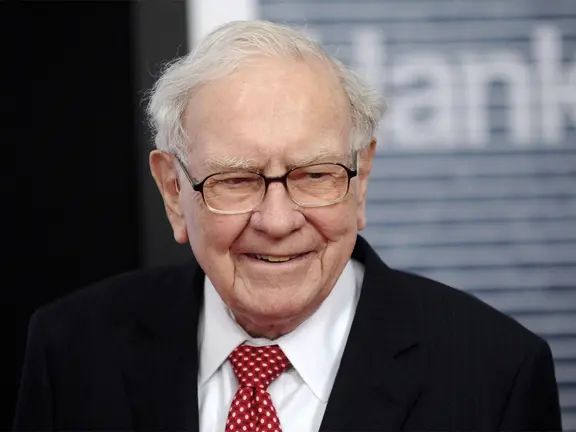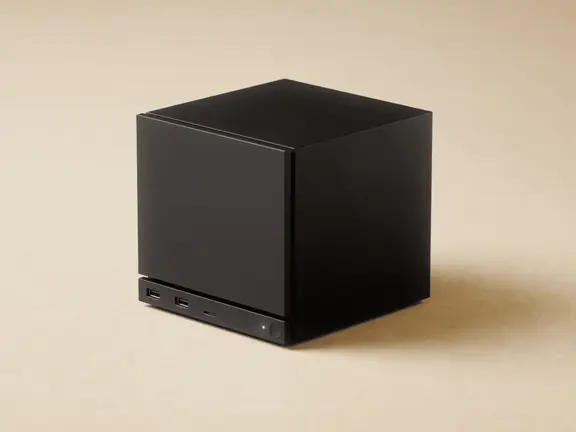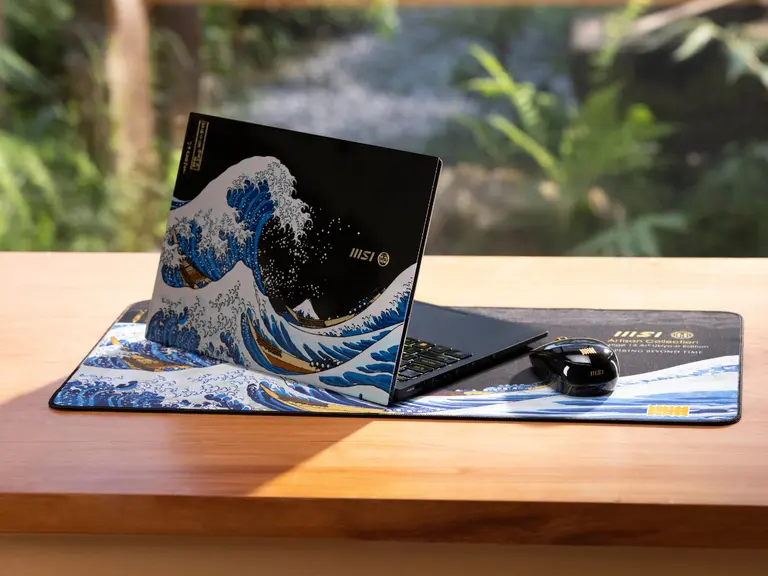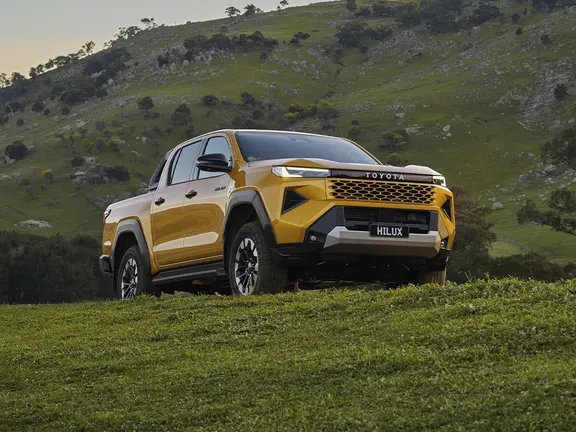
Published:
Readtime: 6 min
Every product is carefully selected by our editors and experts. If you buy from a link, we may earn a commission. Learn more. For more information on how we test products, click here.
You’re about to see more local Aussie content on your streaming services thanks to newly introduced legislation requiring the likes of Netflix, Amazon Prime and HBO Max, among other streaming services, to invest a minimum share of their Australian revenue or expenditure into local content.
Introduced to parliament by Arts Minister Tony Burke, the new bill means that any streaming service with more than one million Australian subscribers will be required to spend at least 10 per cent of their total Australian programme expenditure or 7.5 per cent of their Australian revenue on new local programming.
It’s the most significant regulatory change to the screen sector in more than a decade, and one that aims to reverse the declining investment in Australian screen productions, alongside a growing concern that global streaming platforms are overshadowing the visibility of Australian stories.
‘Revive’ and Closing the Regulatory Gap
Forming part of the federal government’s ‘Revive: a place for every story, a story of every place’ national cultural policy, these new rules are seen as a natural extension of existing domestic broadcasting rules and will help promote cultural representation and the long-term stability of the local production sector.
We should never underestimate how important it is for Australians to see ourselves on screen,” Burke told parliament, describing Australian stories as vital to national identity, social inclusion and international visibility.

How the Legislation Will Work
The bill aims to close the gap between traditional broadcasting services and modern streaming platforms. Aligned with the existing definition of Australian content for broadcasting services, the updated bill ensures that regulations applied to free-to-air and subscription television are consistent.
Importantly, streaming services can’t raid their back catalogues to meet the requirement. The spend must go toward newly commissioned titles. And because production cycles can be lengthy, the legislation allows services to spread their investment over three years, with the Australian Communications and Media Authority (ACMA) overseeing compliance and a full review scheduled four years after the scheme commences. Smaller services with at least 250,000 subscribers won’t face the same quota but will still need to notify ACMA of their local activity.
A Response to Industry Downturn
The timing of these changes comes after a downturn in domestic production activity. The latest data from Screen Australia shows total expenditure on Australian film and TV dropped 29 per cent in 2023–24. Streaming platforms have become the dominant way Australians watch long-form content, but their local investment has been inconsistent and, until now, entirely voluntary. Burke made the argument plainly: “Without government intervention, there is no guarantee that streaming services will produce and make Australian content available to Australian consumers.”

Industry Welcomes “Overdue” Legislation
For the most part, industry groups have welcomed the legislation, despite it being called long overdue. Industry groups including Screen Producers Australia (SPA), the Australian Writers’ Guild (AWG) and the Media, Entertainment & Arts Alliance (MEAA) have spent years pushing for harder requirements, pointing out that streaming services collect billions in local subscription revenue while contributing only a fraction of their earning to Australian production.
While this new bill is a step in the right direction, some believe the thresholds don’t go far enough. The SPA previously pushed for a 20 per cent obligation, while the advocacy group Save Our Arts argued for 25 per cent and stronger rules around content discoverability so that Australian titles don’t get buried by platform algorithms.
But with progress comes relief. Especially for those on set. Writers, directors, performers and producers see these quotas as a stabilising force in a sector facing global cost-cutting and rising anxiety about AI’s impact on creative work.
SPA CEO Matthew Deaner called it “a landmark day for the Australian screen industry,” adding that streamers have long benefited from the local market “without contributing fairly to the creation of Australian stories.”
A Cultural “Endorsement of Australian Stories”
Burke leaned heavily into the cultural case, framing the legislation as a vote of confidence in what Australian stories offer. In parliament, he argued that they “help make sense of our past, define ourselves in the present and promote our people, our creativity and our country to the world.”
Burke pitched the quotas as a way to recalibrate the market, or, more specifically, to reflect how Australians watch content now, while ensuring that the stories on those platforms don’t become entirely imported. “This legislation is not a criticism of the streaming businesses in Australia. It is an endorsement of Australian stories,” he said.
With the bill set to be debated and ACMA to confirm the finer details, Burke has framed the legislation as a guarantee that audiences “will see themselves, know each other and the world will meet us.” Put simply: Australian stories should sit front and centre on every streaming platform.

Related: Boosting International Production
The quota push arrives alongside other federal and state measures aimed at strengthening the Australian screen sector. Last year, the Location Offset tax rebate for major international productions filmed in Australia was increased to 30 per cent, a move designed to attract blockbuster-scale projects and keep high-skilled jobs onshore.
And it’s clearly working with the City of Sydney, welcoming Paramount Pictures and Legendary Entertainment’s Street Fighter, with support from the NSW Government’s Made in NSW fund. The production is expected to inject around AUD $80 million into the state economy and create more than 300 jobs, spanning cast, crew, VFX and post-production.
While big international productions help build local skills and boost studio capacity, they can’t take the place of stories made by Australian creatives. The new rules mean we can enjoy our global blockbusters on one side and distinctly Australian storytelling on the other.
Australian Streaming Quotas FAQs
The new legislation requires large streaming services (like Netflix, Disney+, and Prime Video) to invest a portion of their Australian earnings into creating new Australian content. They must spend at least 10% of their Australian programme expenditure or 7.5% of their Australian revenue on eligible local formats, including drama, documentary, and children’s content.
The government introduced the bill as part of its ‘Revive’ cultural policy to address a regulatory gap. While traditional broadcasters have long-standing content quotas, streaming platforms do not. The move is designed to ensure Australian stories remain visible and to support the long-term stability of the local film and TV production industry.
Industry groups, such as Screen Producers Australia (SPA) and the Media, Entertainment & Arts Alliance (MEAA), have described the legislation as a “landmark” and “overdue” safety net. While they broadly support the law, some groups, including SPA, have argued for a higher quota (such as 20%) to stabilise the industry better.





























Comments
We love hearing from you. or to leave a comment.